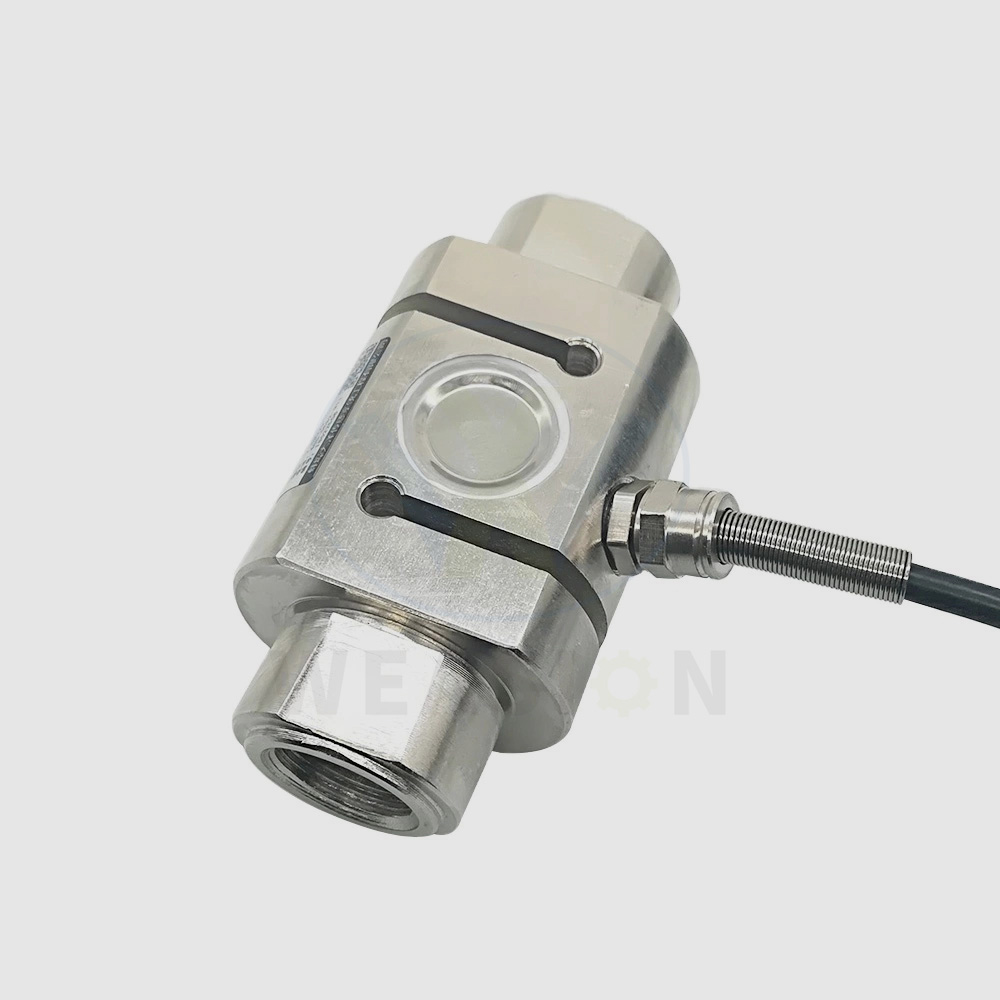Key features and characteristics of load cells
2023-10-17
A load cell is a transducer or sensor used to convert a mechanical force or load into an electrical signal. Load cells are commonly used in various industries and applications to measure and monitor forces, loads, or weights. They play a crucial role in areas such as weighing systems, industrial automation, material testing, and force monitoring. Here are some key features and characteristics of load cells:
1. Principle of Operation: Load cells operate based on different principles, including strain gauge, hydraulic, pneumatic, or capacitive. The most common type is the strain gauge load cell, which utilizes the principle of electrical resistance changes in response to mechanical strain or deformation.
2. Sensitivity and Accuracy: Load cells are designed to be highly sensitive and provide accurate measurements of applied forces or loads. They can detect and convert even small changes in force into electrical signals with high precision and resolution.
3. Load Capacity: Load cells are available in a wide range of load capacities to suit various applications. They can be designed to measure loads as low as a few grams or as high as several thousand tons. The load capacity of a load cell determines the maximum force it can accurately measure.
4. Types of Load Cells: Load cells come in different types and configurations depending on the application requirements. Some common types include compression load cells, tension load cells, shear beam load cells, bending beam load cells, and load pins. Each type has specific characteristics and is suitable for different force measurement scenarios.
5. Construction and Materials: Load cells are typically made from durable materials, such as stainless steel or aluminum alloy, to ensure strength and longevity. They are designed to withstand heavy loads, harsh environmental conditions, and provide resistance against corrosion.
6. Signal Output: Load cells generate an electrical signal proportional to the applied force or load. The signal output can be analog (e.g., millivolt output) or digital (e.g., via interfaces like USB or Ethernet). Analog signals are commonly used and can be further processed or converted using appropriate signal conditioning equipment.
7. Calibration and Accuracy: Load cells require periodic calibration to ensure accurate and reliable measurements. Calibration involves comparing the load cell's output to known reference standards to correct any deviations or errors. Regular calibration helps maintain measurement accuracy over time.
8. Mounting and Integration: Load cells can be integrated into various systems or structures depending on the application requirements. They may be mounted directly on the equipment or machinery to measure the force applied or connected through mechanical components such as load links or load pins.
Load cells find applications in diverse industries, including industrial weighing scales, material testing machines, force monitoring in manufacturing processes, automotive testing, aerospace, construction, and research laboratories. They provide essential data for quality control, process optimization, safety monitoring, and accurate weight or force measurements in various industrial and scientific applications.



